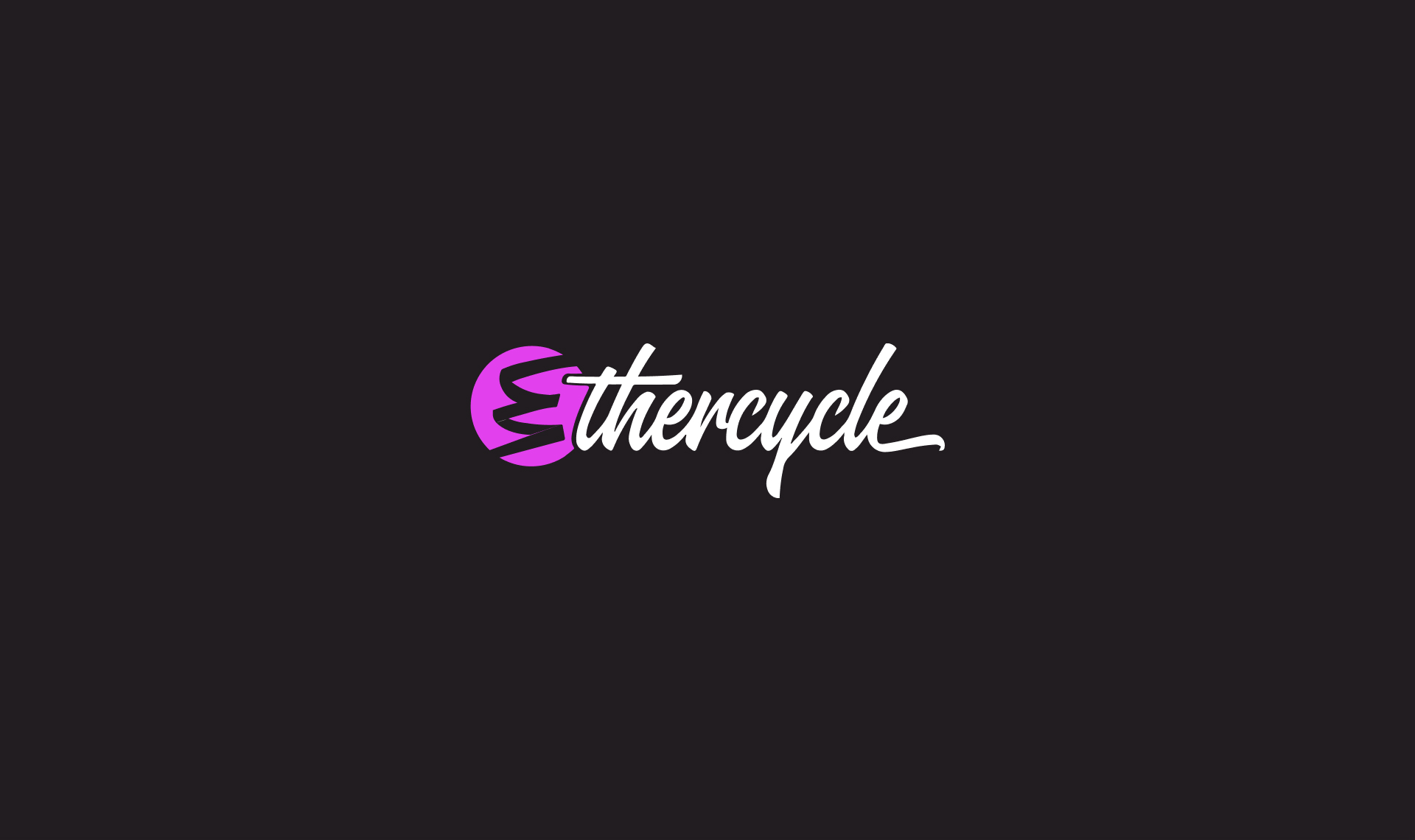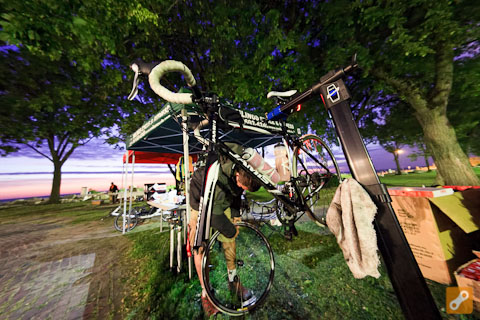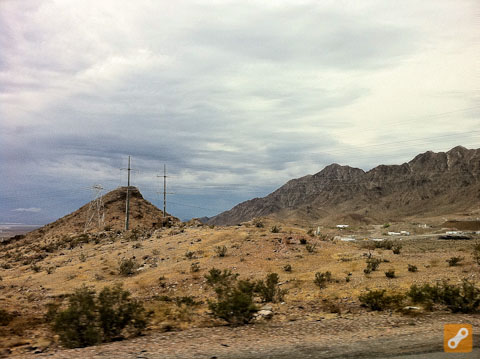Quality Assurance is a critical step in the
web design process. Before launching a website, we run through the following checklist.
Do all links work?
Do analytics packages (Google, Clickheat) report data?
Is copy edited and error free?
Are favicons present and called in metadata?
Do forms have validation?
Do forms send to the correct recipient?
Do images have alt-text?
Does JavaScript behave as expected, and with a minimum of resources?
Do all pages have descriptive titles?
Do all pages have unique meta descriptions?
Do pages load quickly?
Is a robots.txt present?
Is the server configured & hardened?
Is the site usable at 1024x768?
Is the site usable at 1920x1080?
Is a sitemap present?
Does the site work on Android devices?
Does the site work in Chrome for Mac - Current Version, and two previous versions?
Does the site work in Chrome for Windows - Current Version, and two previous versions?
Does the site work in Firefox for Mac - Current Version, and two previous versions?
Does the site work in Firefox for Windows - Current Version, and two previous versions?
Does the site work in Internet Explorer - Current Version, and two previous versions?
Does the site work on iPad?
Does the site work on iPhone?
Does the site work in Safari - Current Version, and two previous versions?
Has the client signed off on it?
Has the sitemap been submitted to Google, Bing, and Yahoo?
The above checklist is our final measure in assuring quality for our clients. Ultimately the best acid test of the site's quality is how users perceive it.

















